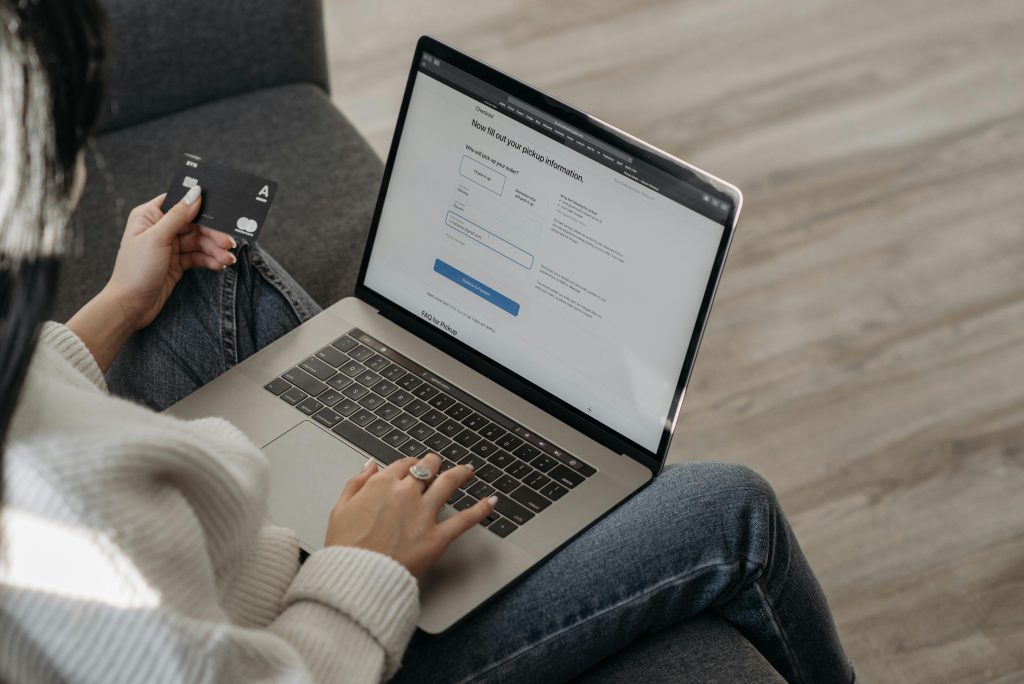Introduction
In the property management industry, owners and tenants trust platforms with some of their most sensitive data—financial records, identification documents, lease agreements, payment histories, and contact details. A single data breach can have devastating consequences, not only for the individuals whose privacy is compromised but also for the credibility of the property manager or software provider.
That’s why implementing strong data security measures isn’t optional—it’s a core requirement. Whether you’re a landlord using digital tools or a property management company operating a large platform, knowing how owner and tenant data is protected builds confidence and compliance with modern regulations.

This guide explores the foundational and advanced data security measures that protect sensitive information in today’s property management systems. In this first half, we’ll focus on encryption, authentication, secure payments, and access control.
Why Data Security Matters in Property Management
- High-value data: Owner bank accounts, tenant SSNs, IDs, and rent histories are attractive targets for cybercriminals.
- Regulatory obligations: Compliance with GDPR, CCPA, and other data protection laws is mandatory.
- Trust factor: Owners and tenants want assurance that their personal data won’t be leaked, misused, or sold.
- Operational stability: Breaches lead to downtime, lawsuits, and financial loss.
1. Encryption of Sensitive Data
At Rest
- All data stored in databases or servers (lease agreements, payment histories) is encrypted using standards like AES-256.
- Prevents unauthorized access if physical servers or backups are compromised.
In Transit
- Data transmitted between users’ browsers, apps, and servers is encrypted via TLS/SSL protocols.
- Protects sensitive data from being intercepted in man-in-the-middle (MITM) attacks.
Example
When a tenant uploads an ID document, the file is encrypted before it’s saved on the server and stays encrypted when retrieved.
2. Authentication and Identity Verification
Multi-Factor Authentication (MFA)
- Requires more than just a password—like a one-time code or biometric verification.
- Landlords logging into a management dashboard may need both a password and an SMS/email code.
Strong Password Policies
- Enforcing complex, unique passwords prevents brute-force attacks.
- Many platforms require periodic password resets.
Role-Based Identity Verification
- Tenants and owners access only their own records; property managers can access relevant data only.
3. Secure Payment Processing
Payments are the most sensitive aspect of tenant–landlord data exchanges.
PCI-DSS Compliance
- Platforms don’t store raw card numbers; they use tokenization.
- Payment processors (Stripe, PayPal, etc.) handle secure card data flows.
Bank-Level Encryption
- ACH and direct deposits follow strict financial security protocols.
Fraud Detection
- AI-driven systems flag unusual transactions, e.g., repeated failed payments from suspicious IP addresses.
4. Access Control and Permissions
Role-Based Access Control (RBAC)
- Owners, tenants, and property managers each have segmented access.
- Example: A tenant can see their own lease and payment history but cannot view another tenant’s information.
Audit Logs
- Every access attempt, login, or data modification is logged.
- Helps detect unauthorized access and supports compliance reporting.
Principle of Least Privilege
- Users only get the minimum access necessary to perform their tasks.
5. Secure Communication Channels
- Encrypted messaging platforms within property portals protect landlord–tenant conversations.
- Sensitive documents (leases, notices) are shared via secure file transfer methods rather than email attachments.
Advanced Monitoring and Threat Detection
Even with encryption and strong authentication in place, continuous monitoring is essential.
- Intrusion Detection Systems (IDS): Detect suspicious login attempts or abnormal traffic.
- Behavioral Analytics: AI-driven tools flag unusual user behavior, such as a landlord account suddenly downloading multiple tenants’ records.
- Real-Time Alerts: Immediate notifications allow admins to respond quickly to threats.
- SIEM Platforms (Security Information & Event Management): Aggregate logs from servers, apps, and databases for real-time analysis.
Cloud Security in Property Management Platforms
Since most property management software is hosted in the cloud, vendors must ensure cloud-native security measures:
- Isolated Environments: Tenant and owner data is segmented in separate databases or schemas.
- Regular Patching & Updates: Cloud providers and platforms patch vulnerabilities quickly.
- DDoS Protection: Prevents distributed denial-of-service attacks from disrupting access.
- Backup & Recovery: Automated encrypted backups ensure data can be restored in case of hardware failure or breach.
Regulatory and Compliance Safeguards
Property management platforms must align with global and regional data protection regulations:

- GDPR (Europe): Requires explicit consent, right to be forgotten, and transparent data handling.
- CCPA (California): Gives tenants the right to know, delete, and opt-out of data sales.
- HIPAA (U.S. healthcare-related housing): If medical-related data (e.g., accessibility needs) is collected, HIPAA compliance may apply.
- SOC 2 / ISO 27001: Voluntary certifications demonstrating best-in-class security practices.
Impact: Compliance not only avoids legal penalties but also strengthens customer trust.
Incident Response Planning
No system is 100% immune to attacks. A strong incident response (IR) plan ensures damage is minimized.
- Prevention: Regular penetration tests and vulnerability scans.
- Detection: Immediate anomaly flagging via monitoring systems.
- Containment: Rapid isolation of compromised systems.
- Communication: Transparent disclosure to owners and tenants if data is affected.
- Recovery: Restoring backups, rotating keys, and patching exploited vulnerabilities.
Best Practices for Owners and Tenants
While platforms provide infrastructure-level security, end-users must also take precautions.
- Use MFA whenever available.
- Avoid shared logins; every user should have their own credentials.
- Keep devices secure with updated antivirus software.
- Be alert to phishing emails pretending to be property management platforms.
- Download documents only from official portals, not from email attachments.
Case Study: A Mid-Sized Property Management Platform
- Challenge: Tenants worried about sharing banking details for rent payments.
- Solution: Implemented PCI-DSS compliant payment gateway, enforced MFA for landlords, and added data residency compliance (EU tenants’ data stays in EU servers).
- Outcome: Increased tenant adoption of online payments by 40%, reduced fraudulent payment attempts by 70%.
Conclusion
Protecting owner and tenant information in property management is about layered security:
- Foundational measures like encryption, MFA, secure payments, and RBAC ensure strong baselines.
- Advanced protections—monitoring, compliance frameworks, incident response—add resilience.
- Building trust requires both technical safeguards and transparent practices.

By combining technology, governance, and user awareness, property managers and software providers can create secure environments where owners and tenants feel confident sharing sensitive information.
FAQs
1. What’s the most important security measure for property management platforms?
Encryption is critical, but combined with MFA and secure payments, it forms a strong foundation.
2. Are tenant payments stored in property management systems?
No—reputable systems use tokenization and PCI-compliant gateways to avoid storing raw card data.
3. How do platforms prevent unauthorized staff access?
Through role-based access control (RBAC) and audit logs. Each user only sees what they’re authorized to.
4. What happens if a breach occurs?
Incident response plans ensure data is contained, impacted users are notified, and backups restore services quickly.
5. How often should security audits be performed?
At least annually, but many platforms run quarterly vulnerability scans and penetration tests.
6. Do landlords and tenants need to do anything themselves?
Yes—use strong passwords, enable MFA, and avoid sharing credentials.

